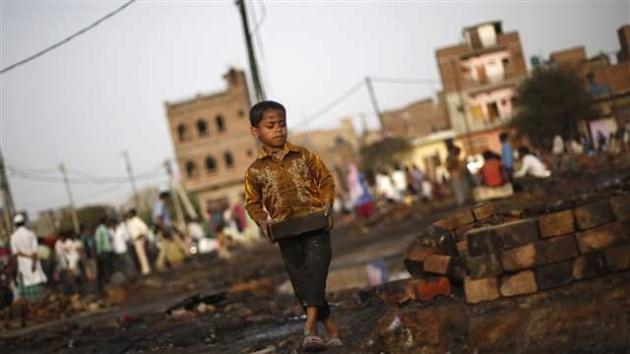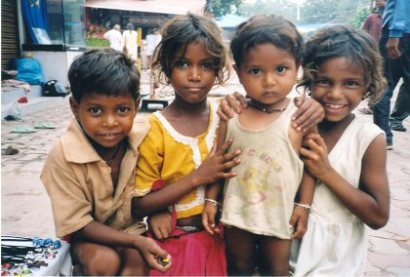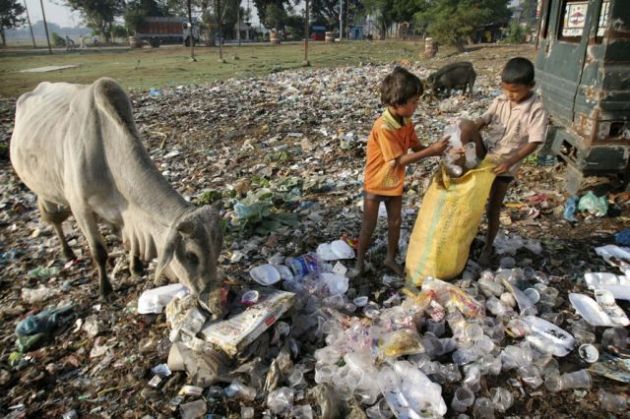Back-to-school time inevitably brings many changes for children and parents: the first day of kindergarten or first grade; new preschools or childcare settings; and new classrooms and new teachers.
Helping children adapt to new situations can ease parents’ minds and give them a chance to become involved in their children’s education. Parents must help the child gain the love and respect of teachers and classmates and should instil confidence in their child.
Transitions are exciting opportunities for children to learn and grow. Parents share a role in making children feel safe and secure as they move to new educational settings. Of course, such milestones in children’s lives can cause anxiety, too. Parents doing the necessities will help create smooth transitions for both adults and children.
How parents can help:
- Be enthusiastic about the upcoming change. If you are excited and confident, your child will be, too.
- Prepare yourself. Take note of how your child reacts to separation. If possible, visit the new setting together. Introduce your child to the new teacher or early childhood professional in advance.
- Arrange a play date with another child from the program, preferably one-on-one, so that your child will see a familiar face.
- Start daily routines that will add continuity. Let your child become involved with packing lunch or laying out clothes. Also, begin an earlier bedtime several weeks before.
- Always say goodbye to your child. Be firm but friendly about separating. Never ridicule a child for crying. Instead, make supportive statements like, “It’s hard to say goodbye.”
- At the end of the workday, put aside your all your concerns and focus on being a parent J
- Stay organized. In the world of special education, there are lots of meetings, paperwork, and documentation to keep track of. Try to keep a family calendar of school events, special education meetings, conferences, etc. Setting up a binder or folder to keep your child’s special education documentation, meeting notices in sequential order can also help you stay organized.
- Attend school events. Take advantage of Open House, Back-to-School Night, and parent-teacher conferences to help you and your child get a feel for the school and meet the teachers, other staff, students, and families. Share the positives about working with your child, and let the teacher know about changes, events that should be considered for children in special education.
- Never subject your child to excessive academic pressures. Every child has God given intelligence and ability. The parents should constantly endeavour to create the right conditions for a child’s physical, intellectual and spiritual progress.
You can do a lot more to make the transition into a new school year soothing and comfortable for both you and the child. One best option is to take help from experienced devotee parents. They would know the exact mature balance and provide you with handy guidelines. Nevertheless, you must always remember that the child, in whatever way be educated, must always be spiritually inclined and trained in spiritual knowledge rather than mere materialistic education to earn a livelihood. Being parents always try to bring out the best in your children by developing a relationship of love and trust, respect the feelings of the children and at all times and make sincere efforts to inculcate good values in life.Haribol!















